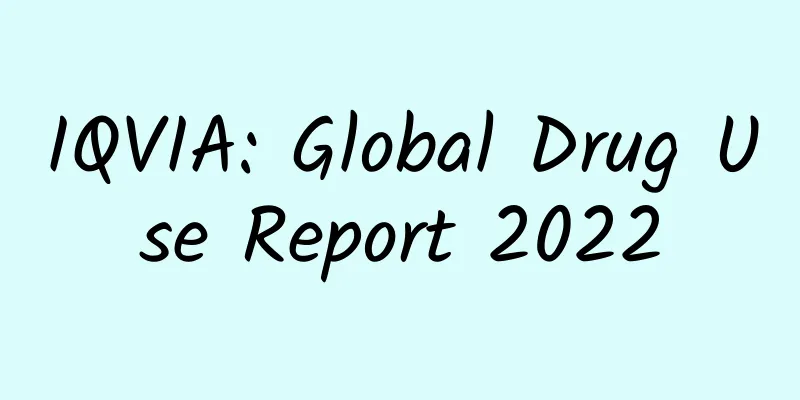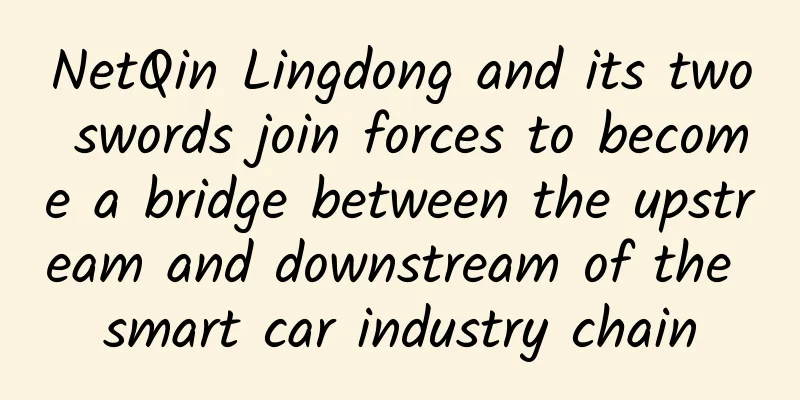IQVIA: Global Drug Use Report 2022

|
Despite the uncertainty created by the global pandemic over the past two years, the outlook for global pharmaceutical spending has become clearer as healthcare systems and policymakers in both advanced and emerging economies face more predictable challenges and opportunities. Healthcare has demonstrated remarkable resilience during COVID-19, but challenges remain—and evidence-based decision-making is more important than ever. The biggest driver of drug spending over the next five years is expected to be global COVID-19 vaccination, which is unprecedented because of the number of people vaccinated and the speed at which it is expected to be achieved, as well as the frequent subsequent booster shots. But even leaving the pandemic aside, global drug spending continues to be driven by innovation, offset by cost reductions for generics and biosimilars. The report quantifies the impact of these dynamics and examines drug spending and use in 2021 and outlooks to 2026 globally as well as for specific therapeutic sub-branches and countries, laying the foundation for a meaningful discussion about the value, cost, and role of medicines in the context of overall healthcare spending over the next five years. Key findings
The PDF version will be shared on 199IT Knowledge Planet, just scan the QR code below! |
Recommend
Sogou advertising cases in the medical beauty industry!
Basic customer information Customer Background Th...
The truth is out! Why are there no poop on the eggs sold in supermarkets? It turns out that there is this secret
Eggs are a necessity for many people and have hig...
Event Operation | How to organize an event with a high degree of completion?
How can an operator carry out an activity more sc...
A complete set of APP message push mechanism!
How does the app implement a push mechanism? Whic...
Why does the Hammer phone have three physical buttons?
Smartphones are in great demand today, and all ma...
What do the "A, B, and C" categories of infectious diseases represent? Does that mean we don't have to worry about COVID-19 if it's not a category A?
"People died like sheep. The sick wandered n...
Yiche: In May 2024, the monthly sales of seven Japanese models exceeded 10,000 units, with the highest monthly sales of 28,000 units
A very realistic question is, can Japanese cars s...
How much does it cost to create a daily necessities mini program in Xiaogan?
How much does it cost to create a daily necessiti...
Godot runs on Android
The latest Godot 3.5 Beta 3 development version i...
Android source code download: APP startup guide
Functional classification: Tools Supported platfo...
Picture description: Please keep this winter “safety knowledge gift pack”!
As winter approaches, the temperature continues t...
World Economic Forum: The impact of artificial intelligence on Education 4.0
If deployed properly, AI can help find solutions ...
What are the reasons why 400 telephone numbers are deactivated and reclaimed, and how to deal with it?
Although the problem of 400 telephone numbers bei...









